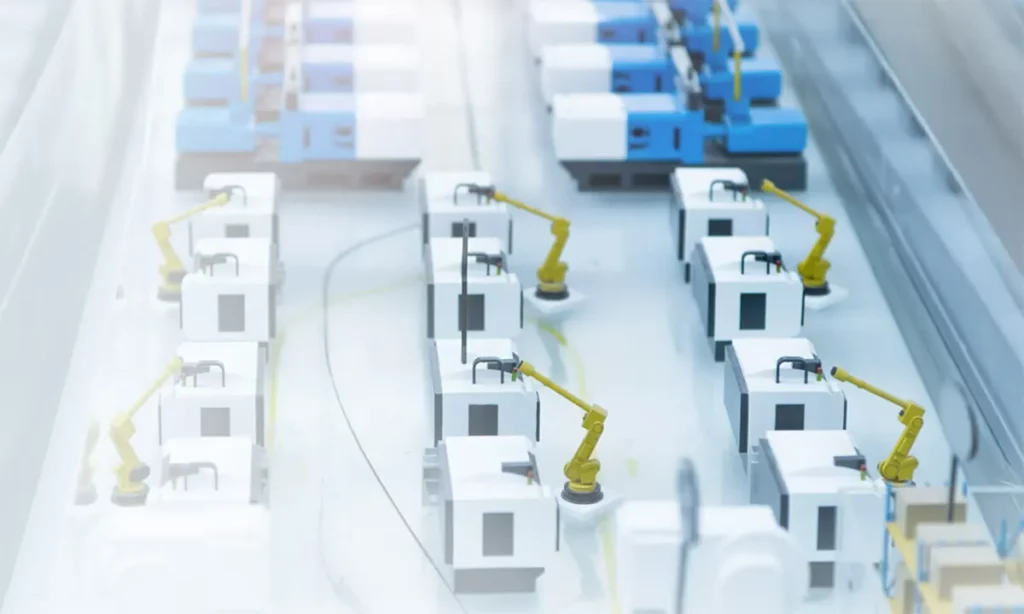From industrial electronics to personal mobile devices, the electronics industry has had a significant impact on how society functions, and this continues even today. However, the growth of the electronics industry has led to severe environmental issues, with 4% of global greenhouse gas (GHG) emissions attributed to it. Given global electricity demand is expected to rise by 30% by 2030, it is critical for the electronics industry to achieve better energy efficiency for greater sustainability.
Innovations and new processes help increase efficiency and reduce emissions
Newer, more power-hungry technologies like artificial intelligence have gained widespread use in recent years. This is driving the growth of the global electronics sector, which is projected to grow to US$3 trillion by 2030. With our reliance on and increasing use of electronics, it is paramount that the electronics industry adopts and develops new innovations and processes to reduce GHG emissions. But how can this be achieved?
Maximise efficiency by reducing idle time
Sophisticated software can now enable us to access and analyse comprehensive data to optimise workflows and processes. This can lead to reduced manufacturing bottlenecks and improved processing speed, resulting in shorter machine idle times and less power wasted.
Use Internet of Things (IoT) and data solutions to track materials
Using IoT enables material tracking and predictive maintenance, which allows for improved logistics management and component longevity. For instance, components in chip manufacturing are delicate and prone to damage if they are not assembled in time. Leveraging IoT with tools like RFID tagging helps increase assembly efficiency by ensuring parts are used in a timely manner, reducing damage and waste. Smart technology can also detect and scan machinery and materials to determine if components require replacement or repairs ahead of time, boosting time and cost savings.
Use of more efficient materials and wide-bandgap semiconductors
By using silicon carbide (SiC) and gallium nitride (GaN) instead of traditional silicon, manufacturers can expect better energy efficiency while reducing heat and power dissipation. While these materials are currently more expensive, they are expected to reach a competitive price point in the near future.
Increasing energy efficiency in semiconductor manufacturing
Semiconductor manufacturing requires a tremendous amount of energy, especially with extreme ultraviolet lithography systems (EUVs) consuming about 10 times more energy than older generations of equipment. Recognising this fact, several countries known for advanced chip manufacturing have taken steps towards gradually reducing consumption.
- Taiwan initially aimed to derive 20% of electricity from renewable sources by 2025 using offshore wind energy and solar power. However, it adjusted its goal to 15.1% in its most recent review in July 2022.
- South Korea aims to reduce carbon emissions by 40% from its 2018 level by 2030. It intends to halve its coal-fired power generation from 41.9% to 21.8% by 2030 and raise renewables from 6.2% to 30.2%.
- Around 80% of US-based Intel’s energy came from renewable sources in 2021 – an increase from the previous year. Across its global manufacturing operations, it is striving to achieve 100% renewable energy use by 2030.
The future of efficient electronics manufacturing
There are many obstacles that remain in making electronics manufacturing more energy efficient and sustainable. However, new innovations and a shift to renewable energy sources mean that a cleaner, greener electronics manufacturing sector is in sight.
Learn more about the work that we’ve been doing to help global manufacturers transform to achieve better outcomes for all here.



